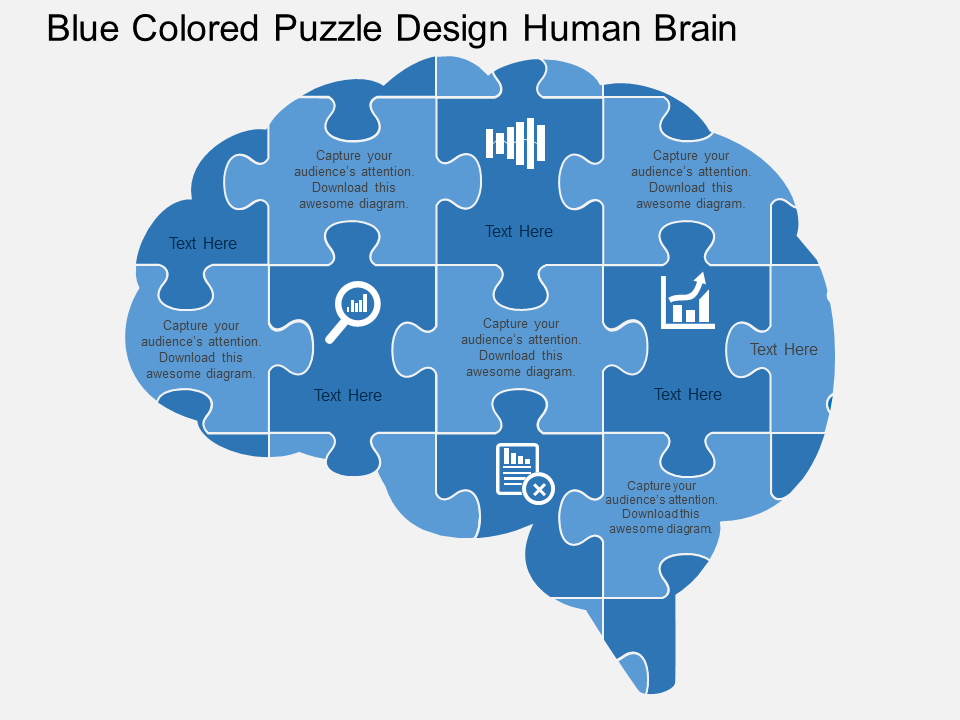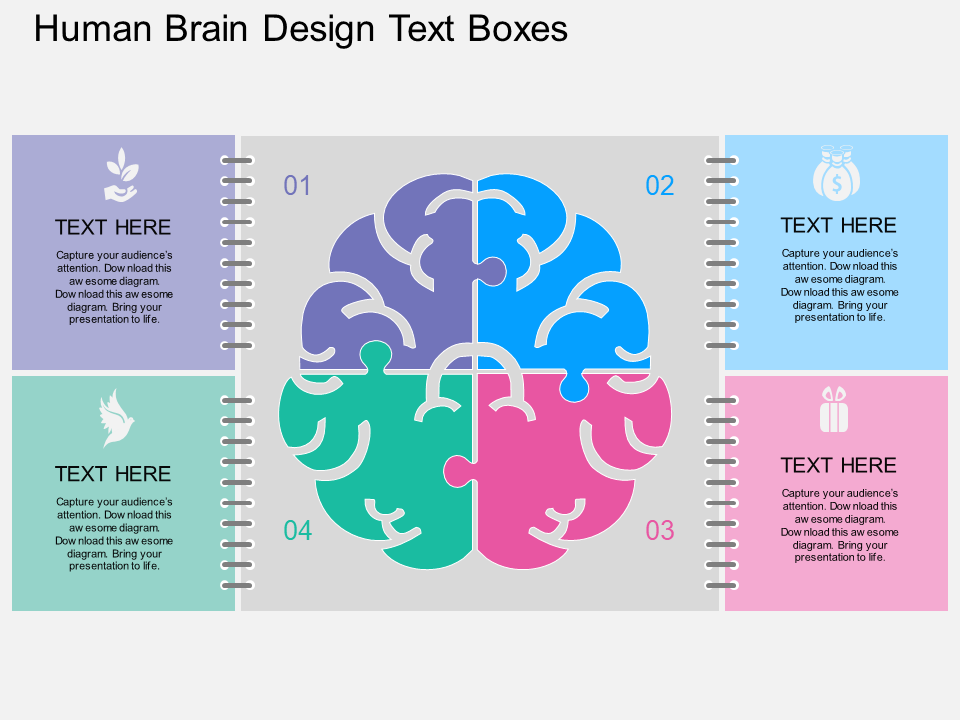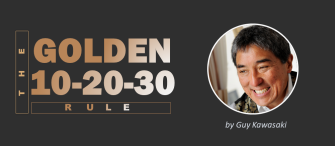Have you heard of the Coke War, popularly known as the Pepsi challenge? If not, here it is.
Back in the eighties, a challenge was conducted between the two leading soft drink brands- Coca-Cola and Pepsi which originally took the shape of a blind taste test. The blindfolded consumers were asked to sip each of the drinks and tell which of the drink they liked. And to their surprise, Pepsi took over Coca-Cola because of its sweetness.
But if Pepsi won the challenge, why isn't it dominating the market, argued Neuroscientist Read Montague?
To get to the bottom of this confusing question, he conducted a study of his own. He hooked some of the consumers to MRI scans to read their brain’s activities. At first approximately half of the subjects reported that they prefer Pepsi over Coca-Cola as the original study showed. However, when they were told that they have been drinking and liking Pepsi all this while the ratio shifted to 3:1 in the favour of Coca-Cola. During this change, they also observed an increase in activity in the prefrontal cortex known to control higher thinking.
Astonishing right? Why do you think this shift happened?
Well, they concluded this is because of the brain recalling ideas from TV commercials promoting Coca-Cola extensively and the emotional resonance to Coke rather than Pepsi. This is when Read Montague coined the term NEUROMARKETING and brought it from dark and deep waters to the light of the public eye.
What is Neuromarketing
Complicated term right? However, it should not be for a marketer!
If explained loosely “Neuromarketing” is using neuroscience in marketing. It is a combination of neuroscience, psychology and marketing. It is a type of marketing in which the researchers use technologies that help them observe a consumers brain activity and biometrics to study his reaction towards a product or service.
The key here is to remember that human beings are contradictory in nature. They often say one thing and do another. However, this does not mean all of us are hypocrites. It simply means we are confused beings.
Our brain has two parts to it Conscious and Subconscious (the larger portion is governed by the subconscious mind). Neuromarketing is the science of studying how consumers define a product subconsciously.
Traditional Vs Neuromarketing
Traditional marketing helps in analyzing only what is on the surface. However, neuromarketing helps marketers analyze what is below the surface i.e. what the consumer is thinking subconsciously regarding their product or service. Therefore, this technique is such a hit among the marketers as it helps in getting rid of all the guesswork involved in creating a marketing campaign that actually works.
Neuromarketing- Unlocking answers without even asking
Neuromarketing employs neuroscience (brain science) and its findings to reveal the decision process of the customer which is going on in his subconscious mind.
This field helps answer questions like-
- Is your product desirable or not?
- If it is desirable, then by how much?
- Your promotion triggers which emotion in the consumer?
- Which is the most effective ad campaign?
- How much high price causes pain in the customer?
- How do consumers feel?
Chances are that you might have come across some real-life experiences of neuromarketing without even realizing it. Especially if you visit the grocery store quite often.
Neuromarketing is the talk of the town and is taking the marketing world by storm. In spite of this many people don't know how to use it effectively. Here are some ways in which neuromarketing can be used to create better advertising campaigns to boost the sales of your product.
Fascinating examples of Neuromarketing in Action and their Takeaways
- The Eye Gaze says it all!
It is an age-old tactic of high-end brands to use human faces for their advertisements to add that personal touch. Perhaps that is why celebrities are ambassadors of many high- end brands. However, with the help of eye-tracking technology, the study of Neuroscience Marketing found out that including human faces are very important but the direction in which the person is looking is much more important!
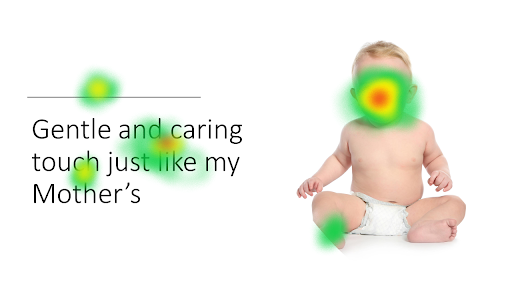
Consider this baby gazing at you. It is more likely that you will gaze back at him rather than looking at the ad content. This is shown with the help of heatmap.
However, the brand does not want you to focus on the baby, rather the information they are providing in which neuromarketing was helpful.
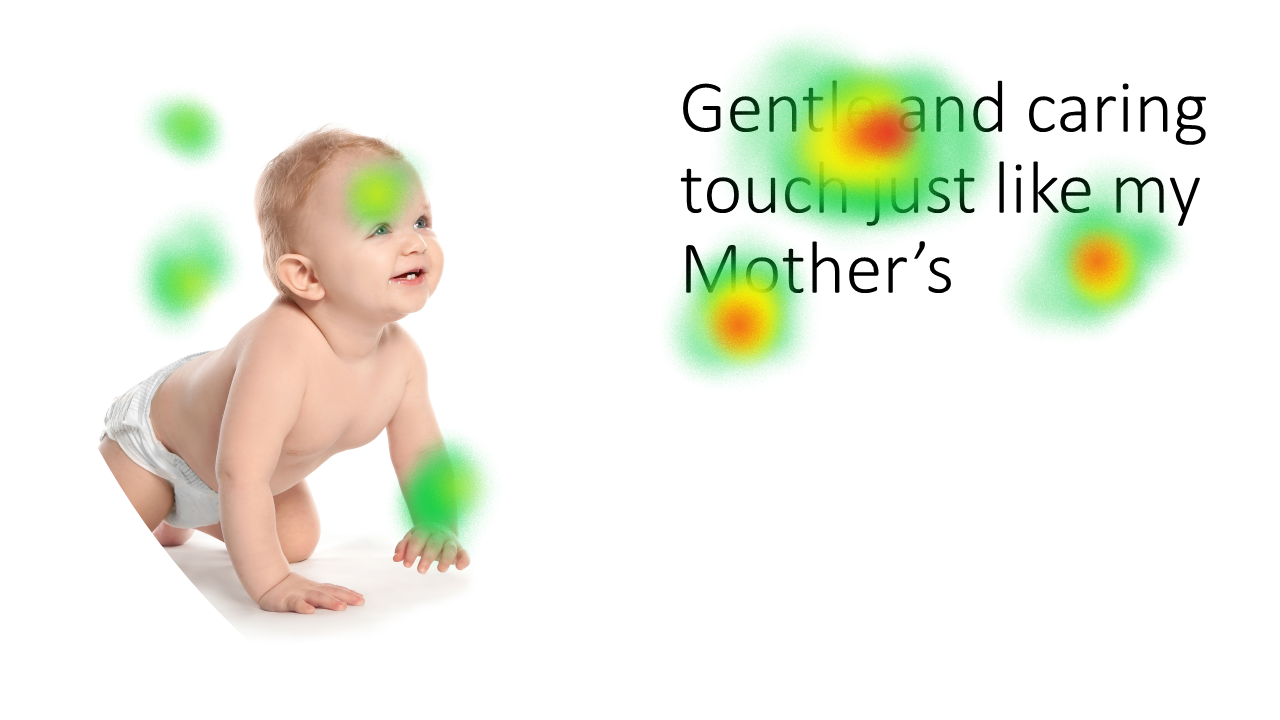
In this second image, the baby is gazing at the ad content which will help the viewer focus more on the text rather than the baby itself.
Takeaway- Neuromarketing takeaway of this ad is simple: a human face in your ad campaign will surely draw the attention of the consumer, but be sure that the face is looking at the thing you want your consumer to focus on!
- Color Psychology-
Color is the Key to your sales! Selecting an appropriate color is very important to influence your potential customers. Colors induce a sense of warmth in the customer. They can evoke a wide range of emotions such as Red is the color of love as well as anger. Studies have shown linking between certain colors and certain emotions that each of them arouses.
Appropriate utilization of color is a powerful marketing tool.
Many of the neuromarketing experts specialized in advertising and color have found which colors are the best for a marketing professional such as blue is their go-to color when it comes to attracting marketing professionals.
Takeaway- To make your ad campaign a success, make sure to familiarize with the color psychology and find out the best color that works for your particular brand or service.
- Intriguing Packaging-
We as consumers have experienced the feeling of being drawn towards a particular brand because of its intriguing packaging. Advertisers know that it is not what is inside that matters but what is outside. And neuroimaging has accorded a whole new level to this theory.
The study conducted by top brands like Frito-Lay and Cambell’s have used neuroimaging to reimagine the packaging of their products. There were three criteria to measure the responses given by the customers - Positive, Negative and Neutral.
The customers showed a negative response towards the packaging that was shiny, but not towards the packaging that was matte. Frito-Lay then scraped off its shiny packaging and opted for the new matte look.
Takeaway- Redesign the packaging of your product on the basis of neuromarketing studies to encourage sales.
- Less is More when it comes to Marketing!
We as consumers, if given too many choices, suffer from decision paralysis. We are unable to decide which product to buy and which one to avoid. This is what happens when we have been offered too many flavours of ice-creams. We want to taste all the new flavours at the same time thus leading to decision paralysis. This is what a study conducted by Columbia University revealed. Too many choices act as a deterrent rather than an incentive for potential customers.
Takeaway- Less is definitely more especially in marketing as the customers get overwhelmed with too many choices. Thus, try to offer fewer product varieties to the customer.
- No Pain No Gain!
Another interesting neuromarketing study found out that a consumer is more interested in how the product alleviates pain rather than stimulate pleasure. Therefore, alleviate pain with your product rather than stimulate pleasure.
Takeaway- Build and advertise your product in such a way that it mitigates pain.
- The $9.99 Mystery
A dollar less than 10 i.e 9.99 serves as a marketing bait to lure customers into buying something at the intended price. What is actually does is it tricks the human mind into believing that this commodity is worth investing in.
A fascinating new neuromarketing study showed that rounded figures such as $10 are more likely to work when emotional decision making is involved. Whereas more complex figures such as $9.99 work better when the logical brain is engaged in the decision-making process. The reason is that because complex numbers force the brain to work harder. Thus tricking it into believing that complexly priced products are more logical to invest in.
Takeaway- Set your price as per the neuromarketing approach of complexly priced products.
- Fast and Furious
Neuromarketing has always been beneficial in ascertaining customer trends. While most of the companies strive to offer a sense of security and safety in their products, neuromarketing studies show that speed and efficiency is what that attracts a customer. Therefore PayPal changed its approach from a safer money transfer to a faster payment system.
Takeaway- Being different is what attracts the customers which in this case is Speed.
- FOMO (Fear of Missing Out)
FOMO is the fear of missing out and approximately 69% of the millennials suffer from FOMO on a daily basis. It is feeling that pops up when we have are fearful of missing something important such as limited edition products, 1-day sale, discount offers etc.
The key to successful FOMO marketing lies in understanding your potential customers and using that knowledge to promote repurchases and enhance the customer experience.
Takeaway- Customers hate to miss out on a bargain. So emphasize it as much as you can that they are about to miss out on something important offered by you!
- Audio or Video - which one to go for?
Big brands have always associated some or the other sound to the advertisements of their product. Whether it is a brand like McDonald's using I’m Loving It as its logo or any other big brand they have always understood and utilized the power of audio messages.
Takeaway- Audio is much more engaging than a video!
Real Life Examples of Some Home Brands employing these Neuromarketing Studies
- Limited Edition Ferraris
Have you ever thought why there are limited edition Ferraris?
Why has the company stopped manufacturing these cars? Well to induce FOMO. The Fear Of Missing Out.
This is the reason why the car started selling like hotcakes. As soon as the company declared that only limited edition Ferraris are there the sales increased like anything.
- “Johnson and Johnson”
Johnson baby products use baby faces in their ad campaigns as well as their products. This is the reason why as soon as we hear the name Johnson an image of a cute baby appears in front of us.
- Trivago
Trivago is a global online hotel search site which uses a comparison approach. The brand ambassador of Trivago shows a specific location and links it with accommodations that the user may not find on any other website. He also compares the potential prices of these accommodations.
Through a whimsical and a no-nonsense approach, he makes the viewer feel guilty for not using Trivago to book his hotel. This ad campaign challenges the viewer's intellect.
- Blackberry Vs Android
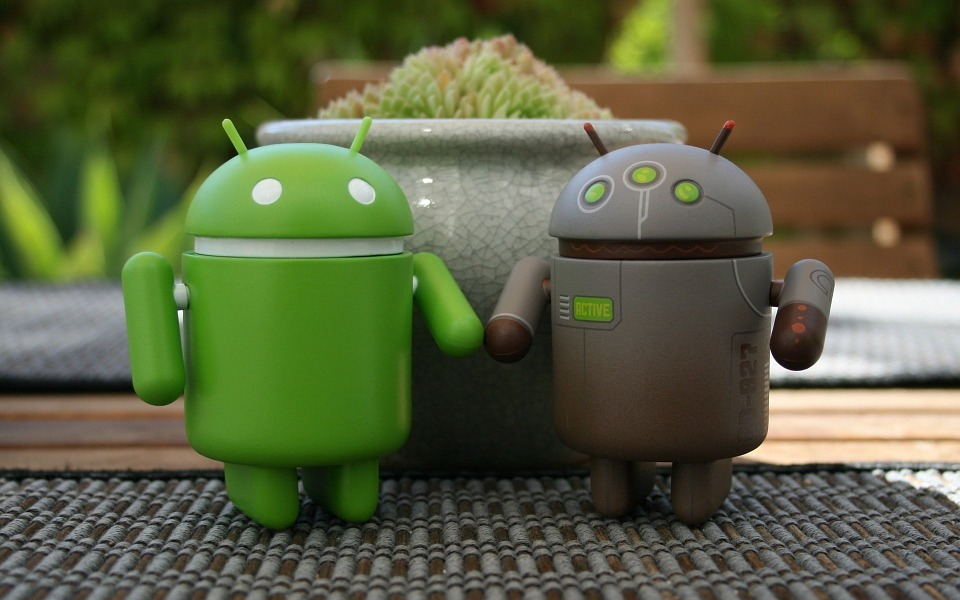
Like PayPal, Google also studied the consumer brain which led to the annihilation of Blackberry. Android phones showed speed and so they started dominating the market that made the post black phones go extinct.
This is the reason why brands go for spaceships and rockets rather than the unfortunate turtles in their ads.
Download Neuromarketing Templates-
If you want to discuss the potential of neuromarketing with your team, leverage these PowerPoint templates to build a solid case:
Template 1
Grab this Human Brain With Five Staged Vector Design Icons Flat PowerPoint Design
Template 2
Click here to download this Brain With Gears Five Business Icons Flat PowerPoint Design
Template 3
Download this Four Staged Banners With Human Brain And Icons Flat PowerPoint Design
Template 4
Grab this Blue Colored Puzzle Design Human Brain Flat PowerPoint Design
Template 5
Download this Human Brain Design Text Boxes Flat PowerPoint Design
NEUROMARKETING is the newest approach that can help revolutionize traditional marketing by helping marketers understand their consumer’s behaviour. This will help them improve the packaging, ad campaigns, prices, development of new products and the position of their brand. Also being aware of these marketing tactics could have a positive impact on the marketer's efforts, thus helping him get best results with limited money!


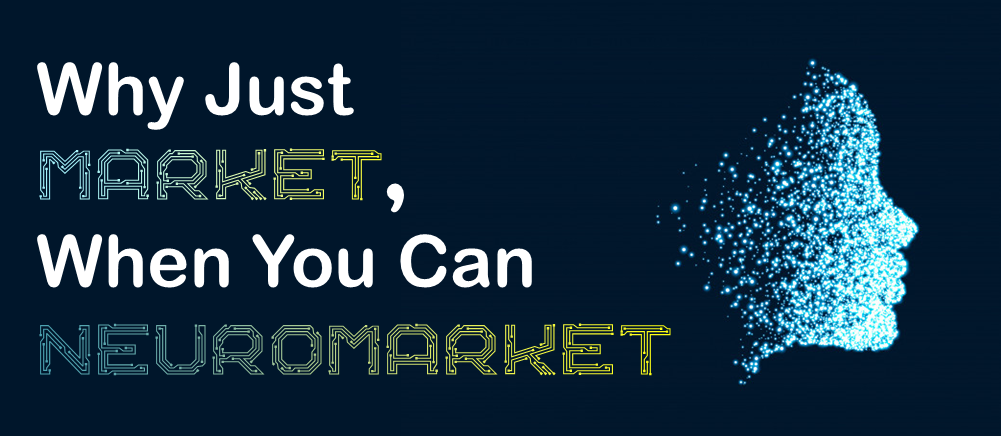


 Customer Reviews
Customer Reviews




